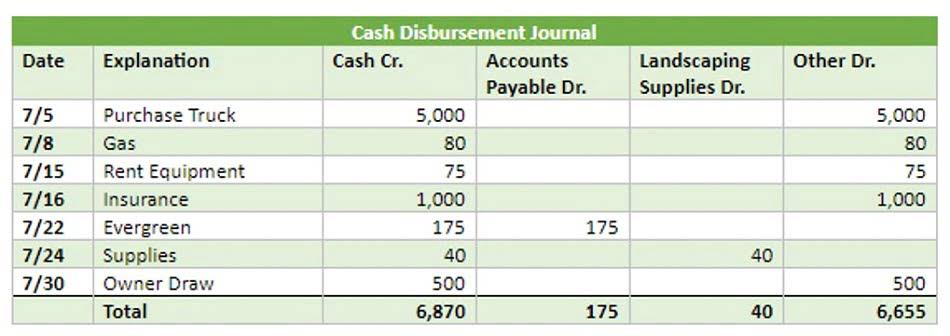
The Equity Value is the total value of a company’s stock issuances attributable to only common shareholders, as of the latest market close. While common in capital-intensive industries, excessive liabilities can signal financial risk. Equity can be a valuable resource for financing business growth initiatives. By issuing new shares, companies can raise capital and fund expansions, acquisitions, or research and development. It is important to carefully consider the dilution effect of equity issuance and strike a balance between raising funds and maintaining control of the company.
How To Calculate Stockholders’ Equity
- The stockholders’ equity is only applicable to corporations who sell shares on the stock market.
- Total equity represents the cumulative value of ownership in a company, while net income refers to earnings generated during a specific period.
- Shareholder’s equity refers to the amount of equity that is held by the shareholders of a company, and it is sometimes referred to as the book value of a company.
- As liabilities increase, the value of the company’s obligations or debts increases, which reduces the value of shareholders’ ownership stake in the company.
- The shareholders equity ratio, or “equity ratio”, is a method to ensure the amount of leverage used to fund the operations of a company is reasonable.
- Let us consider an example of a company PRQ Ltd to compute the Shareholder’s equity.
To maintain positive equity in your business, it is important to focus on generating profits and optimizing your asset management. This can be achieved by closely monitoring your business expenses, reducing unnecessary how to calculate total equity costs, and increasing the efficiency of your operations. Additionally, retaining earnings and reinvesting in the business can help strengthen your equity position over time. When an investment is publicly traded, the market value of equity is readily available by looking at the company’s share price and its market capitalization. For private entities, the market mechanism does not exist, so other valuation forms must be done to estimate value.

How Increasing Assets Affects Equity
- A company’s basic shares outstanding can be found on the first page of its 10K report.
- Shareholder equity (SE) is a company’s net worth, or its total assets minus its total liabilities.
- If the metric includes the net change in debt, interest income, and expense, then equity value is used; if it does not include the net change in debt, interest income, and expense, then enterprise value is used.
- Since equity accounts for total assets and total liabilities, cash and cash equivalents would only represent a small piece of a company’s financial picture.
- The balance sheet portrays the value of total assets as the sum of total liabilities and equities.
- In the below-given figure, we have shown the calculation of the balance sheet.
Current liabilities are debts typically due for repayment within one year, including accounts payable and taxes payable. Long-term liabilities are obligations that are due for repayment in periods longer than one year, such as bonds payable, leases, and pension obligations. It may make it difficult for the company to secure financing, attract investors, or develop new business opportunities. Additionally, negative equity can erode shareholder value and increase the risk of bankruptcy or insolvency.
Video Explanation of the Balance Sheet
- For instance, in looking at a company, an investor might use shareholders’ equity as a benchmark for determining whether a particular purchase price is expensive.
- It can be looked at on its own and in conjunction with other statements like the income statement and cash flow statement to get a full picture of a company’s health.
- However, the corporation’s success and growth still depend on how the company is managed.
- Examining the return on equity of a company over several years shows the trend in earnings growth of a company.
Equity is used as capital raised by a company, which is then used to purchase assets, invest in projects, and fund operations. A firm typically can normal balance raise capital by issuing debt (in the form of a loan or via bonds) or equity (by selling stock). Investors usually seek out equity investments as they provide a greater opportunity to share in the profits and growth of a firm. If you want to calculate the value of a company’s equity, you can find the information you need from its balance sheet. Locate the total liabilities and subtract that figure from the total assets to give you the total equity.


Aside from stock (common, preferred, and Treasury) components, the AI in Accounting SE statement includes retained earnings, unrealized gains and losses, and contributed (additional paid-up) capital. Let’s assume that ABC Company has total assets of $2.6 million and total liabilities of $920,000. Since repurchased shares can no longer trade in the markets, treasury stock must be deducted from shareholders’ equity. Stockholders’ equity is equal to a firm’s total assets minus its total liabilities. An alternative calculation of company equity is the value of share capital and retained earnings less the value of treasury shares. Treasury shares continue to count as issued shares, but they are not considered to be outstanding and are thus not included in dividends or the calculation of earnings per share (EPS).

Add Comment
Only active ALBATROSS Racing Club members can post comments